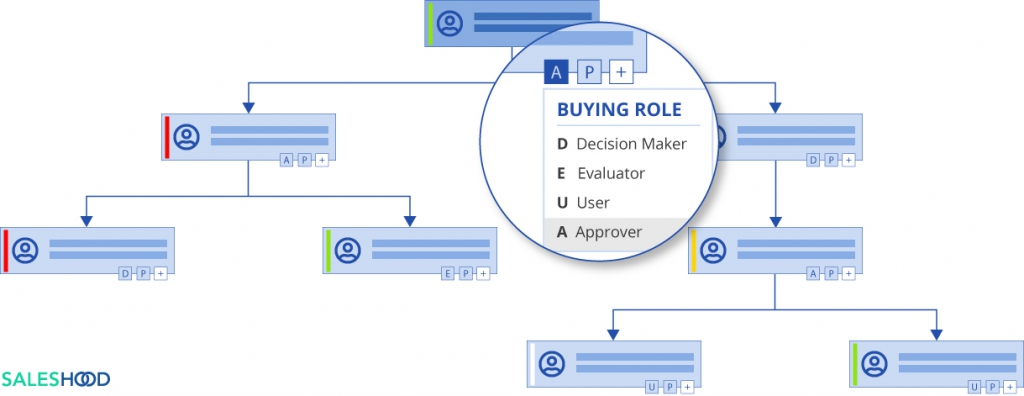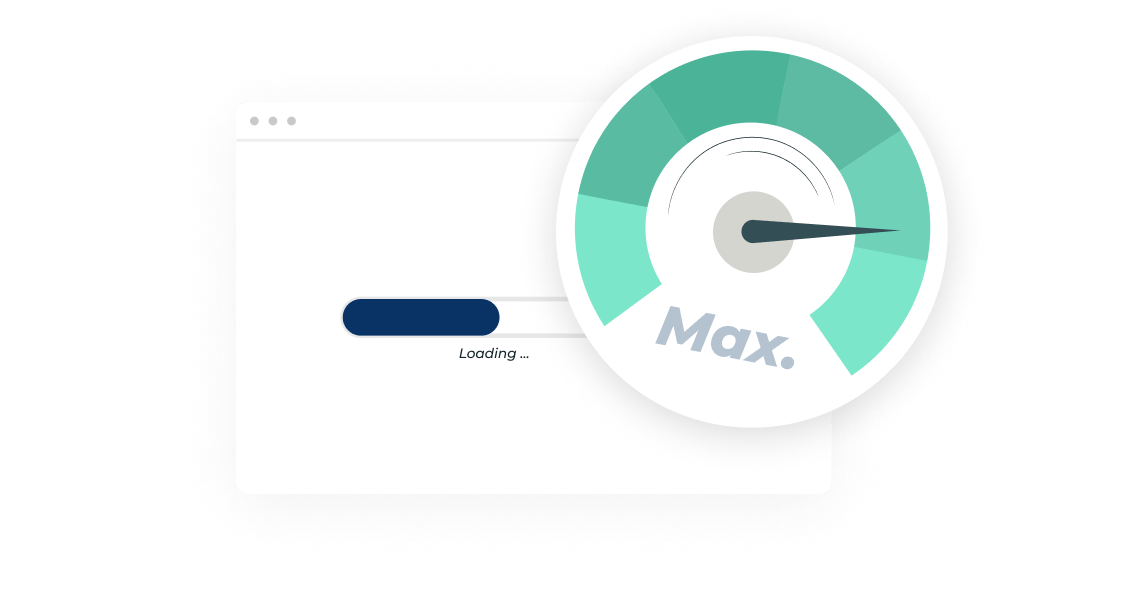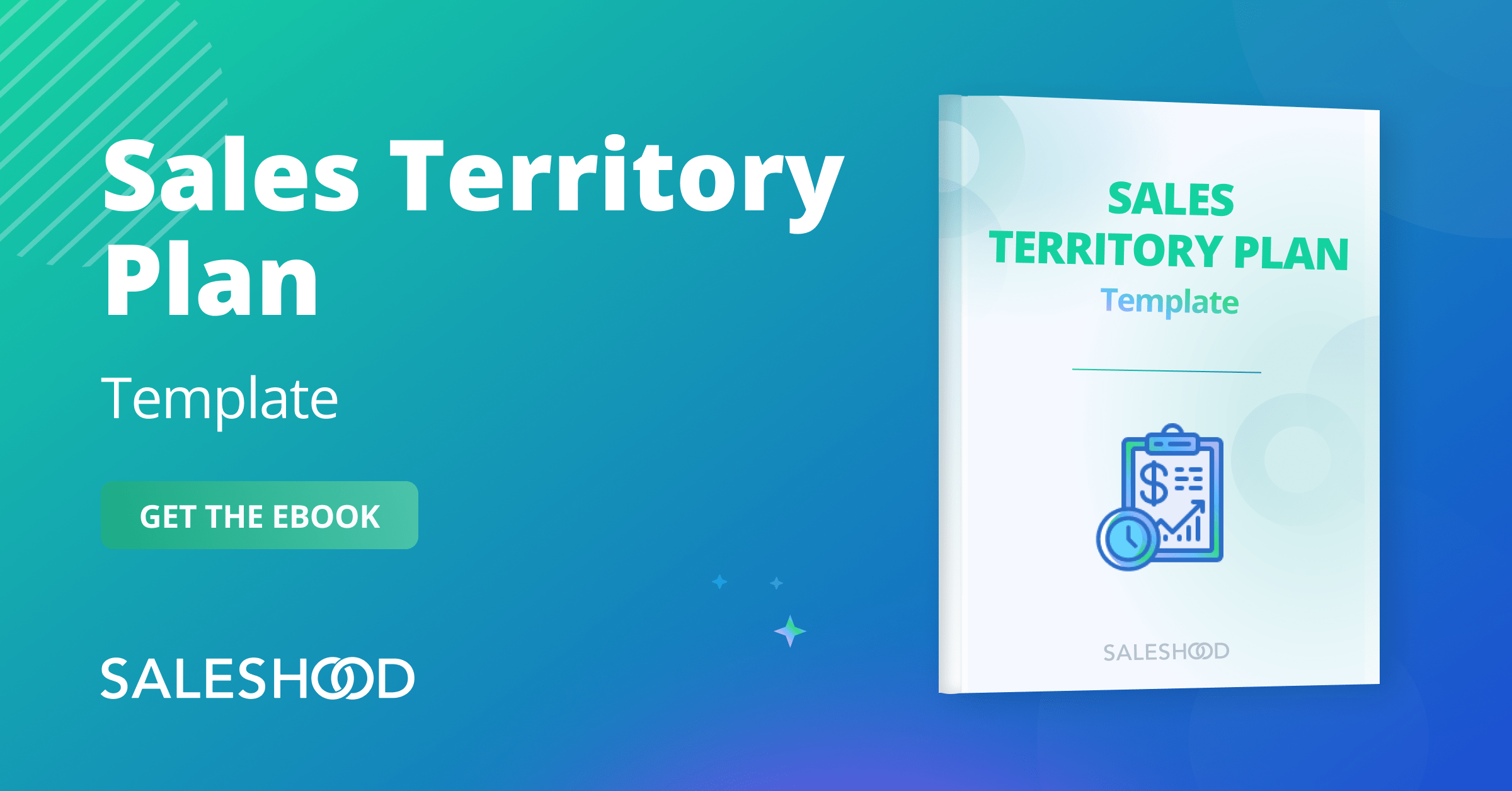Strategic account planning is incredibly powerful!
Effective account planning not only helps close bigger deals faster but most importantly, helps establish amazing relationships with customers that will carry on for years. Strategic account planning should be recognized as a differentiator and value creator, not an administrative chore completed once a year. Make it be part of the rhythm of your business.
Investing time in building relationships and developing account strategies is time well spent, especially when you’re doing it with the right accounts, the right mindset, the right process and the right team. Account planning isn’t something you need to do with every account you’re selling to or in every segment; for example, it’s unlikely that you’ll drive a strategic account-planning program in your small business segments. On the bigger accounts, though, this is a mandatory practice.
We’ve worked with the best sales professionals and the best sales teams on the planet and through these tens of thousands of hours of working together we perfected a proven account planning template framework (see below).
What is Strategic Account Planning?
Account planning in sales helps prioritize your most important prospects and ensures they’re getting the best of what your company has to offer — and it’s as easy as following our template (listed below).
Whether it’s this year or five years down the line, account planners layout which accounts they want to win over and when. Then keep tabs on them all with monthly follow-ups, quarterly reviews, etc.
Account planning is not just about identifying which companies to target for potential business expansion – but also figuring out how each prospect will use your products or services, and the lifecycle of potential deals over time, which accounts they want to win over, and when.
Why is Account Planning Important?
Successful account plans have a clear strategy, goals, steps to reach the goal, tactics that are tailored to fit specific clients.
Account planning provides clarity and direction for growth-account planners to prioritize accounts to ensure that each one is being served properly.
Identifying who needs your product or service and mapping out when they may be ready to make a purchase, all the way through to keeping tabs on these client accounts with monthly follow-ups.
A Proven The Account Planning Process
Account planning is very focused on getting to the essence of what we’re trying to do with an account: plan, build relationships, identify strategic initiatives that we can solve, and build an action plan to sell. Here’s an Account Planning coaching video that maps out the proven account planning process.
Sales Account Planning Template
See our account planning template below. It’s a battle-tested and proven blueprint for closing millions of dollars in revenue, continually refined over years, designed for success using best practices across multiple industries so that all businesses can benefit from this account planning process framework.
1) Build An Account Planning Snapshot
It’s scary how many salespeople don’t even know where to begin when it comes to account planning and frequently ask “What is the first step in the account planning process?”
First – it’s incredibly important that we build out the Account Plan Snapshot:
- What do we know about the account?
- Who are the key executives?
- What’s their current revenue?
- Who is their Existing Customer?
An account planning snapshot is so important. Complete a snapshot first so you can get a clear executive overview of the account. This is the ground floor of our account planning process.
2) SWOT Analysis: Strengths, Weaknesses, Opportunities & Threats
The second step of the account planning process is a SWOT analysis which helps to formulaically analyze the accounts strengths, weaknesses, opportunities, and threats together as a team.
Remember this is still in the foundational stage. You may not have all the answers, and that’s OK, that’s why you’re bringing your team together. See potential strengths below:
Strengths
- What are the company’s strengths?
- What are they good at?
- Are they making money?
- How are they performing?
- Are they dominating in their market?
- What are people saying about them?
- What products are great?
- How are their products?
Weaknesses
Then, research weaknesses. See potential company weaknesses below:
- What are the areas of weakness for the company?
- Bad press?
- Maybe a competitor of theirs is beating them in certain markets?
- Maybe they’ve got huge attrition right now and you’ve read that on Glassdoor or wherever?
These are some potential weaknesses you can look for.
Opportunities
Researching the opportunities can be downright magical for you and your team. This research will help you learn everything there is to know about your market and its competitors, which are crucial components for success.
Hopefully by this time you’ve had conversations with:
- Decision-makers
- Your champion
- Some influencers
- Even maybe some of their customers
You want to list out any potential opportunities you see:
- What are some opportunities for the company?
- What people are saying about them in the press?
Research is critical in the Opportunities stage of SWOT analysis. It’ll align you around what you’re trying to accomplish, strengths, weaknesses, opportunities, and lastly – it will allow you to provide a huge amount of VALUE to your customer.
Threats
- What are some industry threats?
- What are some competitive threats to the company?
Overall the SWOT analysis is an incredibly powerful account planning tool in your account planning process.
I love building out a SWOT analysis for accounts that I’m trying to partner with. When I sit down with an executive, I like popping up that SWOT analysis, saying, and sharing:
- Here’s a SWOT analysis: strengths weaknesses threats opportunities, etc
- Here’s the research we’ve done
- Does this look accurate?
- How could this improve? Let’s work on it together?
Frequently what happens on calls and in rooms with executives when sharing this information we go through and we start tweaking the strengths weaknesses and threats and opportunities together – it’s an absolute home run!
We are now embedded within their company and proposing laser-focused solutions.
3) Map Out Top Initiatives
After your SWOT is complete – it’s time to list out top initiatives derived from the SWOT and decide what to prioritize as your top initiatives, as well as brainstorm initiatives for short, middle, and long term sales goals.
So list out the top initiatives and fill in the template list:
- Who are these initiatives for?
- Why are they important?
- What are some dates we can attach to tasks?
Here we can start aligning with compelling events and other trigger events – this is a hugely strategic step.
At this point we haven’t done a deal review, we’re not really at a forecast stage yet – we’re focused on research, we’re building an account strategy and account plan (see this article for territory planning).
4) Conduct a Business Unit Analysis
After you’ve completed the top initiatives, you can now begin building your Business Unit Initiatives Analysis.
List out all the business units or departments of the company – just start listing them out and then start filling in information around each business unit:
- How many employees do they have?
- What are company goals?
- Who’s the executive that owns it?
- When’s the last time we’ve made contact with that executive?
When building out this business unit analysis it gets you to a point where you can:
- Prioritize your time
- Prioritize your team’s time
- Focus goals that make bottom-line sense
This step is where you prioritize where you’re going to invest the resources to go execute the account strategy and the account plan that you’ve created based on all your great research and collaboration you’ve done with your team – you are now aligning ACTION to your great research.
5) Build An Organizational Chart & Political Map
Building an organizational chart is so incredibly important – it’s a critical aspect of the sales process too. For many sales leaders and sales teams, the political landscape of a company and a buying decision is where we found out if and when a deal will really happen. Spending time to map out who you know and who you’re connected with, will pay dividends down the line.

Always make sure there’s an org chart in your account plan. The chart should include:
- All decision markers, influencers, champions, and executive sponsors, both direct and indirect
- For each person list our their “buying roles” (decision maker, evaluator, user, approver)
- For each person market their “relationship status” (supporter, mentor, neutral, non-supporter & enemy)
There are a ton of templates out there but keep it simple – build out your chart to get a sense of the political map:
- Who has power?
- Who reports to whom?
- How do decisions get done?
Org charts are done in a bunch of different ways you can use a tool if you have one or you can just draw it on a whiteboard, do it in a document – however you want to do it – go crazy! But a solid org chart is a must-have.
6) Develop a Connect the Dots Strategy
The next step is to develop a connect the dots strategy.
Let me explain what that means:
- We’ve done the SWOT analysis
- We’ve identified top initiatives
- We have a sense of the executives
- We have a sense of which executives own which initiatives
- We’ve also built an org chart
Now we want to figure out who in our company is connected, or who in our network is connected with people of the account that we’re targeting.
From here start mapping executives to executives so we can build a connected dots strategy:
- Ask for referrals
- What’s our best approach to go after these people?
Be mindful about who you should be going after. Remember these are strategic accounts building relationships through outreach should be thoughtful and strategic – we’re doing it with research, with intent, with purpose – and we need to remain mindful of that.
7) Build out an Opportunity Planning Map
We’re almost done! The next thing you need to do is build out your opportunity map. So far in the account planning process, we’ve done a ton of work and we’ve identified:
- Strengths
- Weaknesses
- Opportunities
- Threats
We have:
- A good sense of their top initiatives
- We know the org chart
- We know where power lives
- We’ve even got to connect the dots strategy
Think about how much work you’ve done already to set yourself up for success – now you just have to list out opportunities and start projecting deals:
“Here are some deals that we can go after, based on what we’ve learned from the account.”
And then we do an opportunity map where we start listing out, you know ballpark some deals that we’re going to you know kind of start thinking about, so directionally we know what this can look like in terms of a bigger deal.
List them out and talk it over with the team – which leads us to our next point:
8) Manage an Action Plan
We have now made it to the last step of the account planning process. This is the step where you take all of the info you have gathered and turn it into an actionable plan with personnel and dates attached to it:
- Who’s connecting with who
- Who’s doing what
- What’s the timeline
It’s important to remember that although the salesperson is who’s running point on the account, it’s a team effort.
You win as a team, you lose as a team, so everyone on the team must have a role in this process to keep it moving along.
By assigning roles to everyone on the team ownership is distributed across the entire team and most importantly – multiple people are responsible for follow-through – so we can see the results that we expect.
Being very specific in your action plan is the difference between an account plan that’s developed, and not in action, and an account plan that has action, and turns into bigger deals.
As the strategies are put into action, nurture a culture that holds people accountable. Ask the tough questions when the sales team comes together. Once the executive interactions and conversations happen and pain is identified and validated, shift the focus to managing an opportunity. There is a point, once an opportunity is identified and qualified, when the actions created from your account-strategy work shift to sales process work. These kinds of accomplishments are great motivators for the team to create their own qualified opportunities by being strategic with their accounts.
Sales Account Planning Recap
Just to recap quickly – see the 8 step sales account planning template process below:
-
- Executive Overview
- SWOT analysis – Strengths, weaknesses, threats, opportunities
- Top Initiatives Chart – Identify the company’s top initiatives that we’ve validated hopefully with some key executives
- Business Unit Analysis
- Build an Organizational Chart
- Connect The Dots Strategy
- Opportunity Map
- Action Plan – Critical: the plan needs owners, timeline and dates outlined
Embracing account planning, collaborating with your champion to fill in blanks, and working with your team to execute will supercharge your sales efforts.
The account planning strategy above is not going to get filled in in one sit-down – effective account planning takes time. It may take weeks to build with your team.
It really all depends on the size of the account, the size of the opportunity, the size of your team – but the steps and process are important.
Above is a battle-tested framework that has evolved over time with some of the best salespeople and sales teams in the industry and resulted in important deals with astronomical sales revenue.
Account Planning Mindset
The Zen Buddhist concept of the “beginner’s mind” is something everyone should pick up before they begin diving into the creative side of sales strategy and account planning. The saying goes, “In the beginner’s mind there are many possibilities; in the expert’s mind there are few.” This is such a great concept for taking a fresh look at a familiar situation. Suggest to each new salesperson you hire and anyone wanting to kick-start their creative juices that he or she read Zen Mind, Beginner’s Mind by Shunryu Suzuki. The notion of a “beginner’s mind” also helps a team get out of a rut on an account that may have had zero revenue growth. Account teams sometimes continue to focus on the same strategies, the same executives, and the same value propositions with their accounts. You can use the “beginner’s mind” philosophy to shake the proverbial tree with some of your accounts
Strategic Account Management
Effective account planning in the beginning stages sets up a lifetime of high performance, strategic account management, and a clear road map to success. By focusing on the information and roadmap laid out in the account planning, strategic account management builds trust, and leads to more deals in the future, as it proves you are a thoughtful, reliable partner that knows the customer’s business.
Final Thoughts on Account Planning
Account planning is critical at the beginning of a deal. It can help us determine who’s involved, what it will take to influence them, and how much our clients may be willing to pay for their products or services.
With this information, we have some guidance on which deals are worth pursuing further, and can help us create a roadmap so directionally we know what this can look like in terms of a bigger deal in the future, and help us allocate attention and personnel accordingly.
By starting with a solid account plan, demonstrating thorough process, insights, and strategic account planning throughout the course of the relationship, it will be far easier to find opportunities faster and be more informed than ever before, resulting in record-breaking revenue.
Sign up for your Free Demo of the #1 Sales Enablement Enablement Platform – SalesHood – today.




